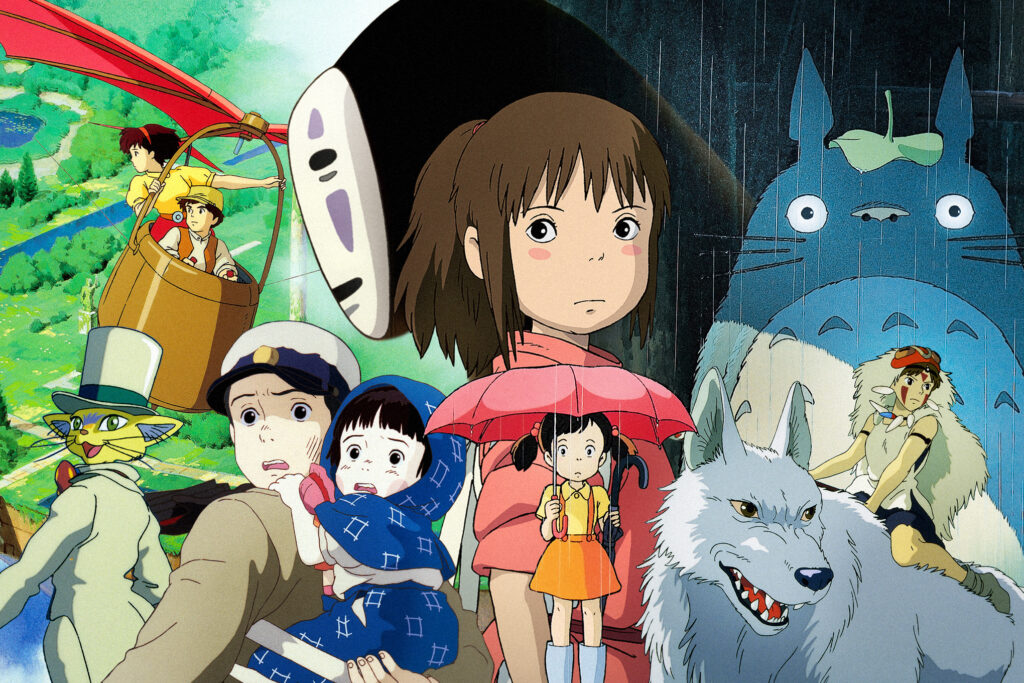
Storytelling has always been a foundational characteristic of human existence and expression. Throughout history, humans have told stories through writing, painting, drawing, and performance. No matter the form, humanity found ways to convey the emotions and feelings of existence, while also managing to entertain an audience or reader. Art is the name given to humanities stories; art emerged in all parts of the world with diverse styles and themes of expression, yet unlike language, art is universally understood.
Modern times have meant global connection via the internet and digital technology; as a result, the medium of film has emerged as the modern art form. Frenchmen Auguste and Louis Lumière are generally credited with the birth of modern cinema, but American cinema became the dominant force in the emerging industry. Hollywood has formed the types of stories we ingest as humans and in doings so shaped our perception of the world. Hollywood films usually reflect American ideals and have played a significant role in spreading the English language and American style of storytelling to a global audience. Many countries have based their film industries after Hollywood, however, there has been no shortage of cinema diversity around the world. While America began the cinema boom, many foreign filmmakers have had profound and permanent impacts on the global film industry.
Cinema and those who create it have the power to transport audiences to other worlds, times, and perspectives; the moving picture is quite literally, our dreams coming to life. Two directors are widely regarded as pioneers of their own unique forms of cinema which each exude dreamlike storytelling and masterful world-building. Akira Kurosawa and Hayao Miyazaki brought Japanese cinema into the global spotlight and each of the men are pioneers of their craft.
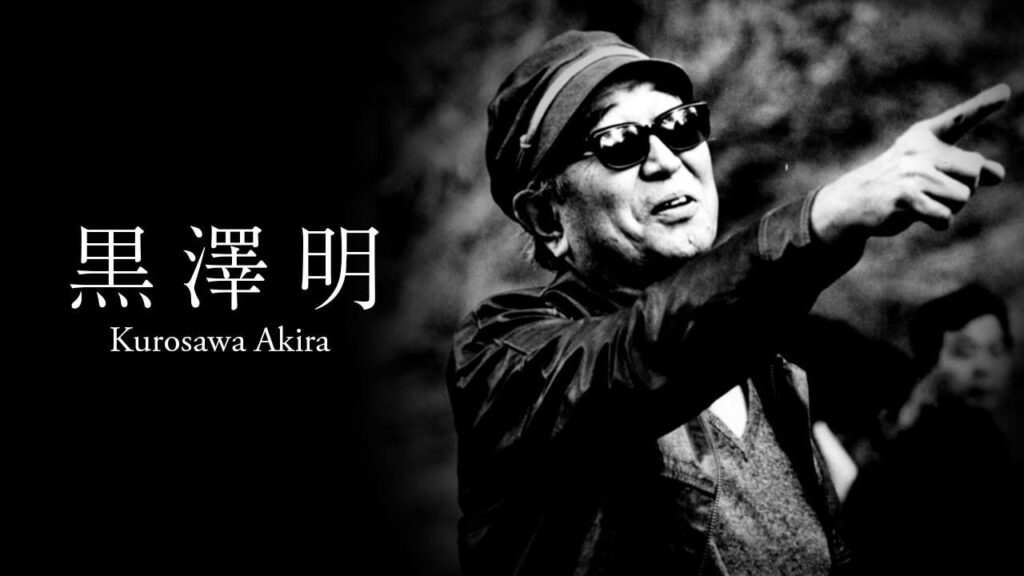
Akira Kurosawa popularized and personified Japanese films to the rest of the world. He is widely regarded as one of the most important and influential filmmakers in history. Directors like George Lucas, Stephon Spielberg, and Martin Scorsese are a few of the world class filmmakers who credit Kurosawa as one of the “few true visionaries of our medium,” (Spielberg Oscars 1990). Kurosawa was famous for a bold and dynamic style that was influenced by Western cinema, yet distinctly its own brand of film. He was a master of both the jidai-geki (a costume-action film involving medieval samurai) and the gendai-geki (a more realistic, often domestic drama rooted in contemporary Japanese life), both popular Japanese film genres of the time. His directing style was unmatched, he involved himself in all aspects of production; he developed a technique that allowed him to edit each day’s scenes the night after a shoot, and be ready with a rough cut within hours of shooting the next scene. He rehearsed all scenes meticulously, often for weeks and then shot from beginning to end, using three strategically placed cameras. Kurosawa wanted his scenes to be a record of a single performance, quite contradictory to the way films are normally made. As a result he expected perfection from his technical team as he needed to do his vision justice. Film was his life, without it there was no Kurosawa. His perfectionist mindsets payed off as each frame of his films are masterpieces in their own right. While running a tight shift for his technical crew, Kurosawa forged a far more patient and pleasant relationship with his actors. He believed that the actor must see the director’s vision clearly so as not to miss the finer details in their performance. On location he and his actors would eat together, sleep in the same rooms, all while constantly talking to each other to make sure they understood the nuances of his vision.


There is a common attention to humanity throughout all of Kurosawa’s work. He described his work as having “‘a common theme… the only theme I can think of is really a question: Why can’t people be happier together?’” (Lyman, New York Times). Often his protagonists struggle to come to terms with the motion of their lives and with their own existence or morality. They stubbornly hold onto beliefs that conflict with the world and people around them, “this is their real tragedy,” (Like Stories of Old – Youtube). The characters have lost sight of their passions, the things that make them happy. To quote a Kurosawa character “Our favorite things are the very core of out lives.” In essence, Kurosawa’s films tell us to live more than anything; according to his philosophy we must not resist the inherent movement of our lives, instead we much embrace change and flourish in its wake. His works embody the quiet reflection involved in understanding the nature of our morals as human beings in the world which we have created. He reminds his audience that everyone was born to be happy, it is when we are deeply entrenched in our society where we find ourselves unhappy; unrest is the result of our disconnect from the natural world that revolves around us, to recognize the true world is to achieve the understanding necessary to live a happy life.

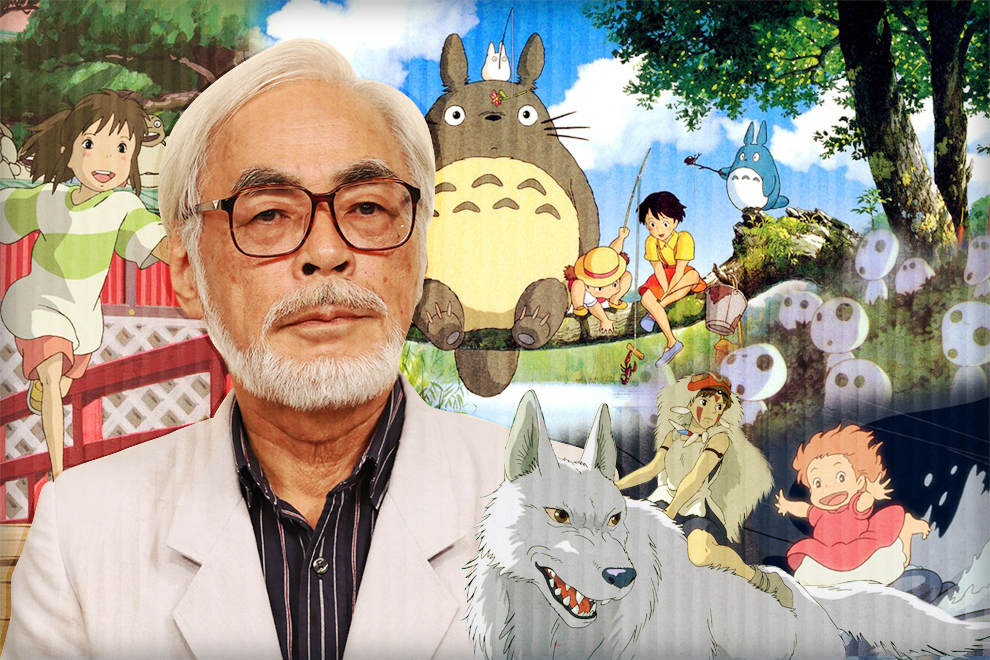
In a similar vein, Hayao Miyazaki aims for his audience to be happy, to “‘comfort you — to fill in the gap that might be in your heart or your everyday life,’” (Mishan, New York Times). Miyazaki’s films are universally loved as his worlds of dreams are spiritually relatable to all types of people; there is not a specific ideological goal to his works, instead the audience creates meaning through their interpretation or emotional needs and desires; Miyazaki says “easy-to-understand movies are boring. They sacrifice creativity… Kids get it” (Any-Mation, Mind of a Master). His films are not logical, just as kids view the world with feeling rather than rationale. Miyazaki creates his films with a childlike wonder and fascination with human existence; he recognizes that children possess the observational power to pick up on the details that he puts into his movies.

A Miyazaki creates his story as he draws it. Miyazaki doesn’t write scripts but works from storyboards, or sometimes even a singular painting that the story revolves around; he does not know how a story is going to end, until he draws it. Miyazaki grew up in post-war Japan and witnessed, from an early age, the loss of dignity and devastation of Japanese culture. Western encroachment is present throughout all of his films, reflecting how the devastated population of Japan “complied in confused haste, as if to erase the shame of recent history,” (Mishan New York Times). People recognize the nostalgia for old Japan and the past; his works are haunted by a grief that stems from what humans have done to the natural world. This may tie into Shintoism, indigenous belief in Japan which understands that kami – supernatural spirits and divine beings – reside in all things. However, the spirit of a Miyazaki film means that it can be loved without catching onto the “dark current” of meaning hidden beneath (Mishan New York Times). To simply watch a charismatic pig fly a plane and playfully make friends with pirates in Porco Rosso (1992) is enough for anyone to smile, chuckle, and breathe a sigh of relief. There is a whimsical nature to Miyazaki’s characters, each of them properly independent and curious; each of them a hero, most often a heroine, who humbly persists through a heartwarming odyssey.
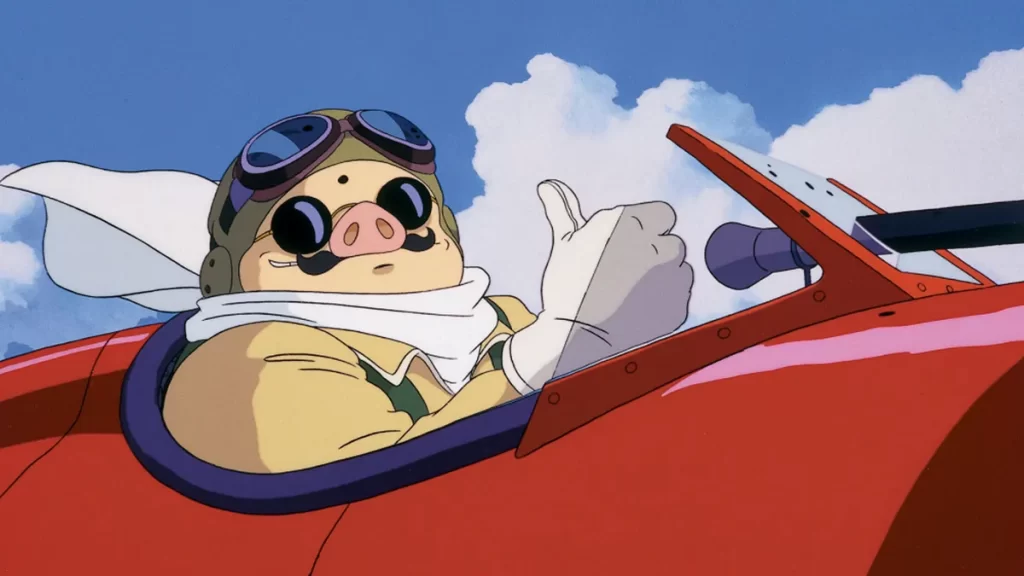
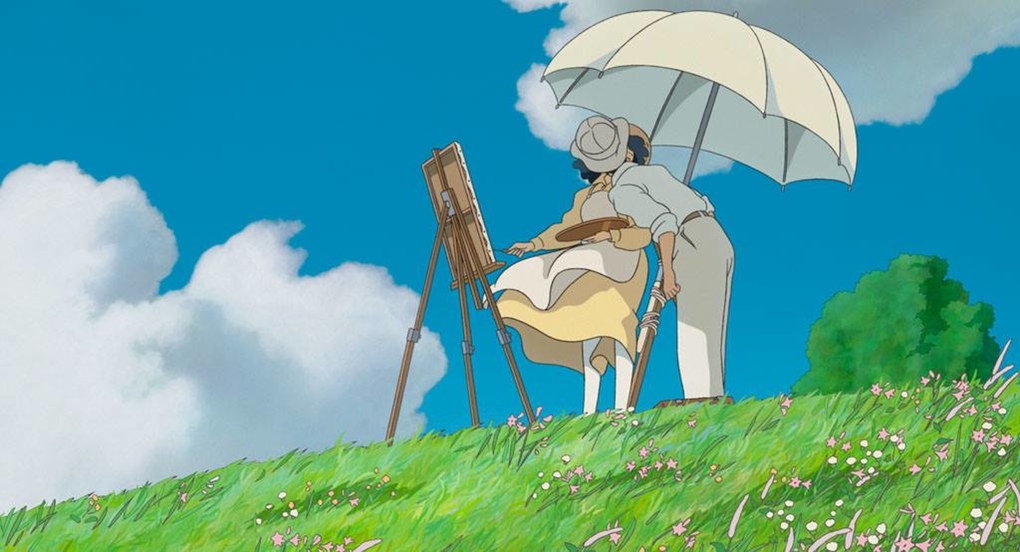
A Miyazaki film overflows with life. Each frame is alive and breathing, like an organism. The characters charge forth with youthful vigor to achieve their goals while also soaking up all they can from whatever life throws in their path. In the ending of The Wind Rises (2013), Naoka tells Jiro, “Darling, you must live.” One does not have to understand the plot to get the meaning of that line. His films exude life, often it screams from the screen. There is something which Miyazaki calls Ma, which means a pause in time or a breath. Miyazaki dedicates time for the journey, spaces within the movies to pause and reflect on how a character has grown or what they have been through. During ma there is no concrete objective and it is found in the most, “inconsequential of actions,” (CinemaStix Youtube). These moments are full of emotion but are inherently simple in their design. Simplicity is something practiced in Zen Buddhism and often associated with Japanese art and culture. While Zen Buddhism is not specifically associated with Miyazaki’s work, it would seem he assumes a sort of Zen master role in his cinema. Spirited Away (2001) ties the ideas of Zen, Shintoism, and Ma to become one of Miyazaki’s greatest masterpieces; Spirited Away reveals the hidden world of the kami (spirits) in which Chihiro, the protagonist, is immersed into. The film is full of lush and vibrant scenes, each a visual masterpiece for the audience to immerse themselves into; those scenes with such rich visual appeal are emboldened by the stillness of the aftermath. Miyazaki says that for every action there is a rest. This allows the tension in the film to grow into a wider dimension, a dimension uniquely Studio Ghibli, uniquely Hayao Miyazaki.

Kurosawa and Miyazaki are both established masterminds of the film and animation industries. But what makes them legendary is their ability to transcend the medium and explore deeply universal feelings of humanity. Often there is mentor or master in their work who embodies the wisdom they hope to pass along; in some ways these enlightened characters are reflections of who Kurosawa and Miyazaki aspire[d] to be. Regardless, these humbly perceptive roles spark change in a protagonist or drive the moral arc of their films. Often the messages are unclear, or rather they give the audience an ending on which they can continue to ponder after the credits roll. Yet in both directors’s films is a striking distaste for humanities treatment of the natural world. Both men convey the consequences of becoming detached from nature; however they never force a message to take a distinct shape, allowing for the film to take on infinite forms of meaning. Audiences are forever impacted by the stories these two men tell on screen; the stories are deeply abstract yet precisely accessible. Both directors have profound faith in their audience’s ability to get it. They understand that people inherently understand other people, it is our industrial society that disrupts our understanding with one another. Captured within their works is the essence of being human.
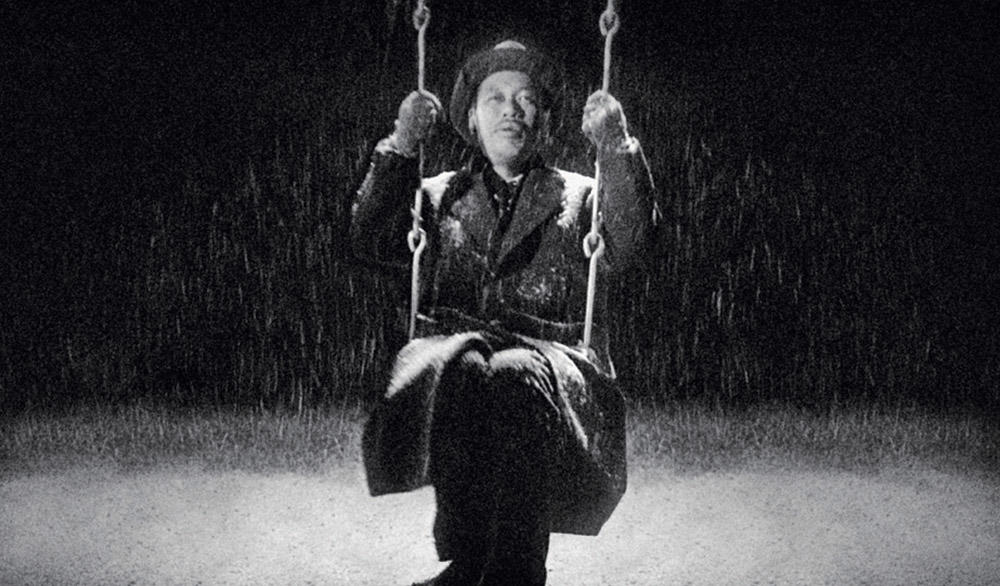
Kurosawa died in 1998. One of his final films Ran (1985) was his masterpiece, meaning it was the ultimate culmination of his style and storytelling; it is also considered one of the greatest films ever made across the world. A quote from Ran captures the essence of Kurosawa’s stories, “I am lost… such is the nature of man.”
Miyazaki is 82 years old. His final film How Do You Live? is in the works. The story is unknown yet it can be assumed from the title what Miyazaki is focusing on. Animation means to give life to something, no one does this better than Hayao Miyazaki. In an interview with the New York Times he was asked if he would give us the answer to the question. His response was, “I am making this movie because I do not have the answer.”
Bibliography
Any-Mation. 2021. Hayao Miyazaki – Mind of a Master. YouTube. Directed by Any-Mation. https://www.youtube.com/watch?v=1zi7jIZkS68.
CinemaStix. 2022. One of the Greatest Scenes Ever Animated. YouTube. Directed by CinemaStix. https://www.youtube.com/watch?v=jLPNkXglCwQ.
Ligaya, Mishan. 2021. “Hayao Miyazaki Prepares to Cast One Last Spell,” New York Times, . https://www.nytimes.com/2021/11/23/t-magazine/hayao-miyazaki-studio-ghibli.html.
Old, Like Stories of. 2021. The Humanistic Cinema of Akira Kurosawa. Youtube. Directed by Like Stories of Old. https://www.youtube.com/watch?v=QgOm-L7TsEQ.
Rick, Lyman. 1998. “Akira Kurosawa, Film Director, Is Dead at 88,” New York Times, . https://www.nytimes.com/1998/09/07/movies/akira-kurosawa-film-director-is-dead-at-88.html.
Soham, Singh. 2023. “Impact of Hollywood on Global Culture.” Goodbookmart. January 2023. https://gobookmart.com/impact-of-hollywood-on-global-culture/.